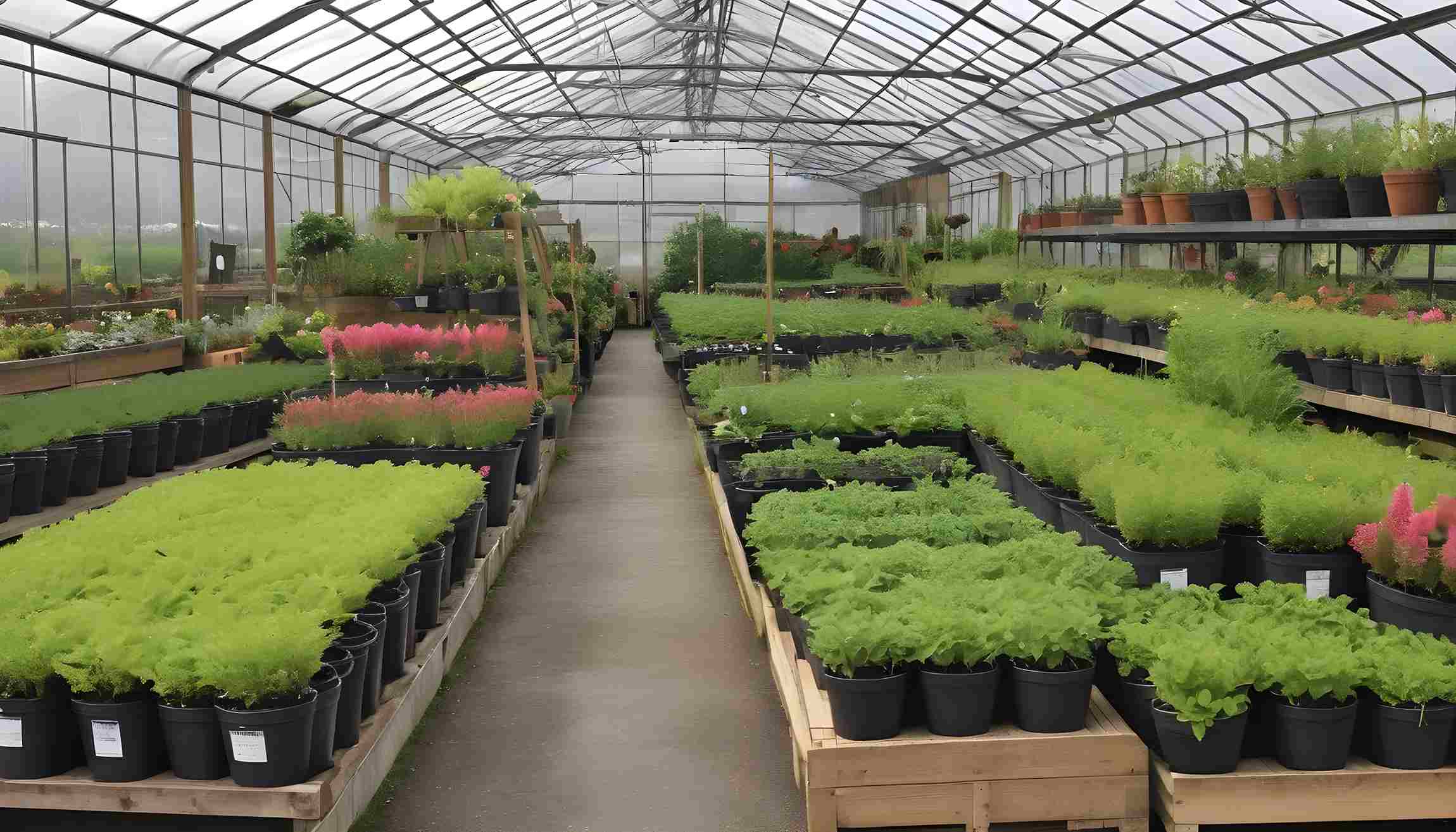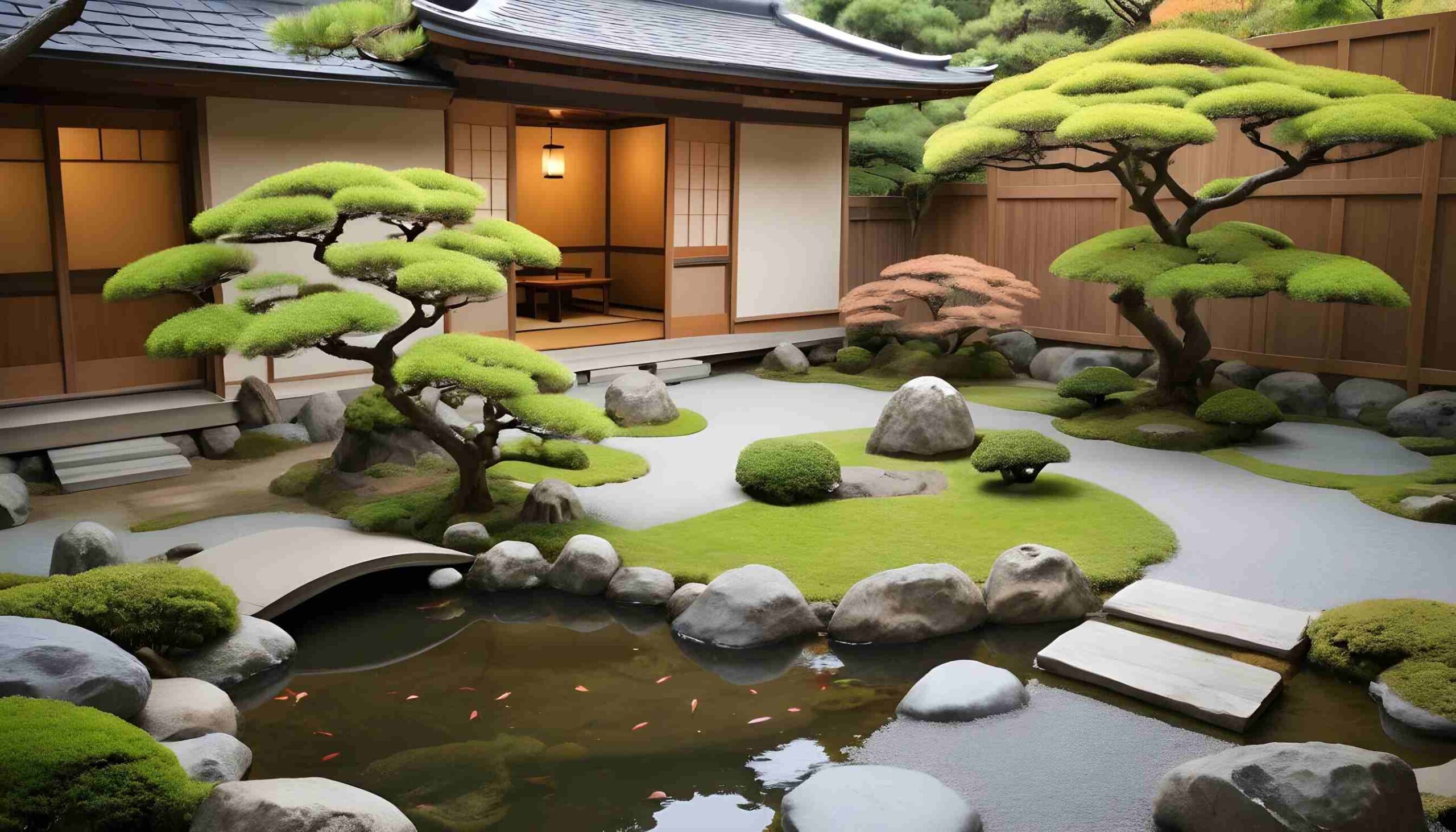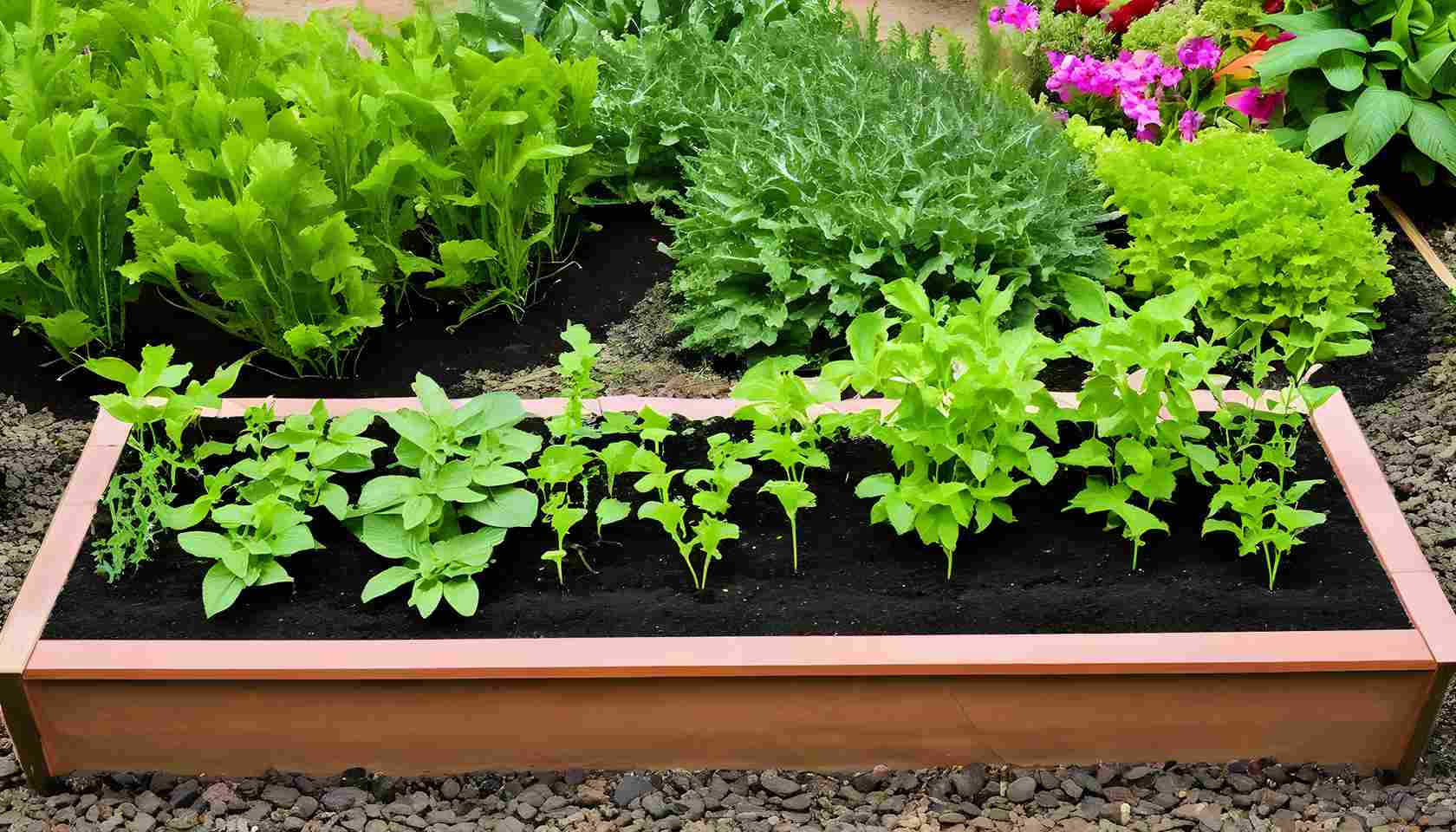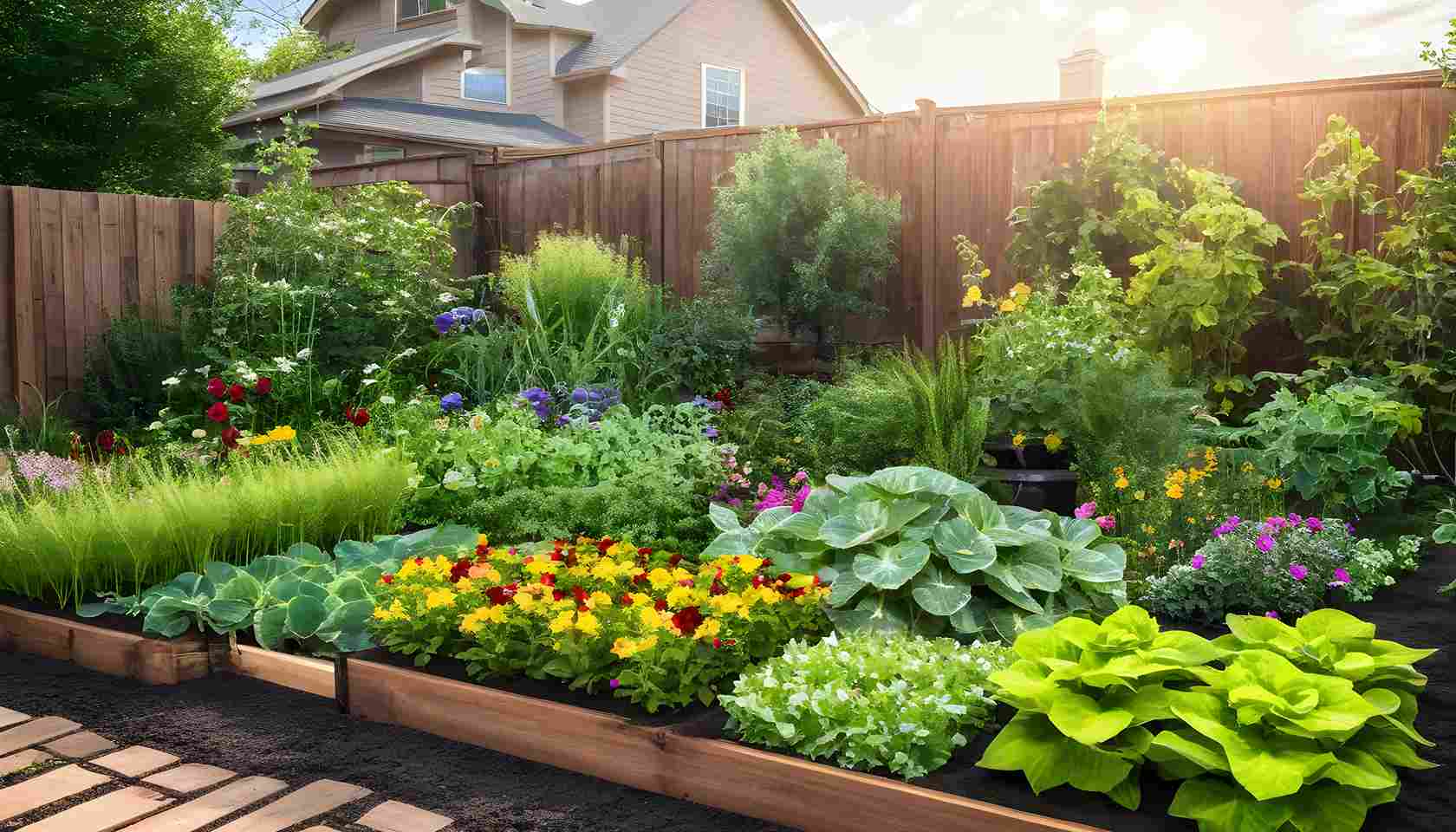When it comes to creating a stunning and low-maintenance garden, perennials are the secret weapon every gardener should have. Unlike annuals, which need to be replanted every year, perennials are plants that come back year after year, providing beauty and color to your garden without the hassle of replanting. In this article, I will unlock the secrets of perennials and show you how to create a stunning and low-maintenance garden that will be the envy of your neighbors.
Benefits of Planting Perennials
Planting perennials in your garden offers a multitude of benefits. Firstly, they are low-maintenance plants, which means you don’t have to spend a lot of time and effort taking care of them. Once established, they require minimal watering and fertilizing. Secondly, these plants are known for their longevity. Unlike annuals that have a short lifespan, they can live for several years, providing you with continuous beauty in your garden. Lastly, they are excellent for attracting pollinators such as bees and butterflies, making them a great choice for eco-friendly gardening.
Popular Types of Perennials
Perennials come in a wide variety of shapes, sizes, and colors. Some popular types of perennials include:
- Daylilies: Known for their vibrant blooms, daylilies are a popular choice for many gardeners. They come in a range of colors, including shades of yellow, orange, pink, and purple. Daylilies are easy to grow and can thrive in a variety of soil conditions.
- Hostas: Hostas are known for their lush foliage and are perfect for adding texture and depth to your garden. They come in a variety of colors and can tolerate shade, making them ideal for shady areas of your garden.
- Roses: Roses are classic perennials that never go out of style. With their beautiful blooms and intoxicating fragrance, roses are a must-have for any garden. They come in a variety of colors and sizes, allowing you to choose the perfect rose for your garden.
These are just a few examples of the many types available. By selecting a variety of perennials, you can create a garden that is bursting with color and interest throughout the year.
Planning Your Garden
Before you start planting your perennials, it’s important to plan your garden carefully. Start by determining the size and shape of your garden bed. Consider the overall design and layout of your garden, taking into account factors such as sun exposure, soil type, and drainage. It’s also a good idea to sketch out a rough plan of where you want to plant each type of perennial, taking into consideration their height, bloom time, and color.
Choosing the Right Location for Your Garden
The location of your garden is crucial to its success. Most perennials thrive in full sun, so choose a location that receives at least 6-8 hours of direct sunlight per day. However, there are also few of them that can tolerate shade, so if your garden has limited sunlight, don’t worry, there are still plenty of options available. It’s also important to consider the soil conditions in your chosen location. Most of them prefer well-draining soil, so if your soil is heavy clay or prone to waterlogging, you may need to amend it with organic matter or consider raised beds.
Preparing the Soil
Before planting, it’s important to prepare the soil properly. Start by removing any weeds or grass from the area where you plan to plant your perennials. Loosen the soil using a garden fork or tiller, breaking up any compacted areas. If your soil is heavy clay or lacks organic matter, consider adding compost or well-rotted manure to improve its structure and fertility. Finally, rake the soil smooth, removing any rocks or debris.
Planting and Maintaining
When it comes to planting perennials, timing is crucial. Most perennials are best planted in the spring or fall when the soil is cool and moist. Dig a hole that is slightly larger than the root ball of your perennial and place the plant in the hole, making sure it is at the same depth as it was in its container. Backfill the hole with soil, firming it gently around the roots. Water the newly planted perennial thoroughly and mulch around the base to help retain moisture and suppress weeds.
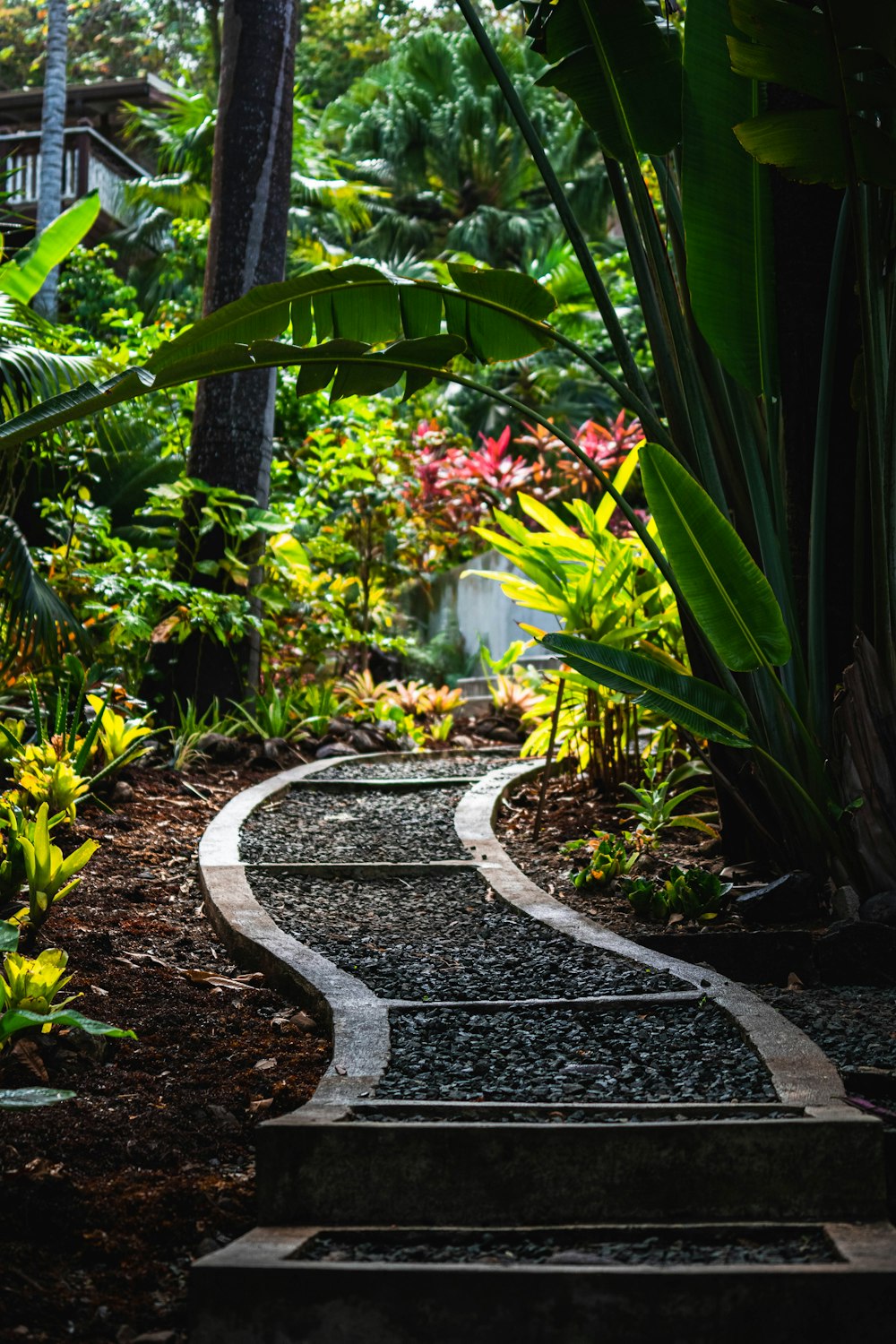
Image Source: Unsplash
Tips for Designing a Stunning Perennials Garden
Designing a stunning garden requires careful thought and consideration. Here are a few tips to help you create a garden that is both beautiful and functional:
- Choose a color scheme: Select a color scheme that complements your home and landscape. You can choose a monochromatic scheme, where you stick to shades of a single color, or a complementary scheme, where you combine colors that are opposite each other on the color wheel.
- Consider height and bloom time: Plant taller perennials at the back of your garden bed, gradually decreasing in height towards the front. Also, consider the bloom time of your perennials, ensuring that you have a mix of early, mid, and late-season bloomers to provide continuous color throughout the year.
- Add focal points: Incorporate focal points such as statues, birdbaths, or trellises to add interest and create visual impact in your garden.
By following these tips, you can design a stunning garden that will be the envy of your neighborhood.
Common Pests and Diseases
While perennials are generally low-maintenance plants, they can still be susceptible to pests and diseases. Some common pests that can affect perennials include aphids, slugs, and snails. To control these pests, you can use natural methods such as handpicking or spraying with a mixture of water and dish soap. It’s also important to keep an eye out for common diseases such as powdery mildew and root rot. Proper plant spacing, good air circulation, and regular inspection can help prevent the spread of diseases in your perennial garden.
Winter Care
Winter care is essential to ensure the survival of your perennials. Before the first frost, cut back any dead foliage and remove any debris from your garden bed. Apply a layer of mulch around the base of your perennials to help protect their roots from freezing temperatures. If you live in an area with harsh winters, you may also need to provide additional protection such as wrapping your perennials in burlap or covering them with a frost blanket.
Conclusion
Creating a stunning and low-maintenance garden is possible with the help of these plants. By understanding the benefits of planting perennials, choosing the right types for your garden, and following proper planting and maintenance techniques, you can create a beautiful garden that will bring you joy for years to come. So, unlock the secrets of perennials and start transforming your garden today!
Also Read, Guide for Winter Gardening






